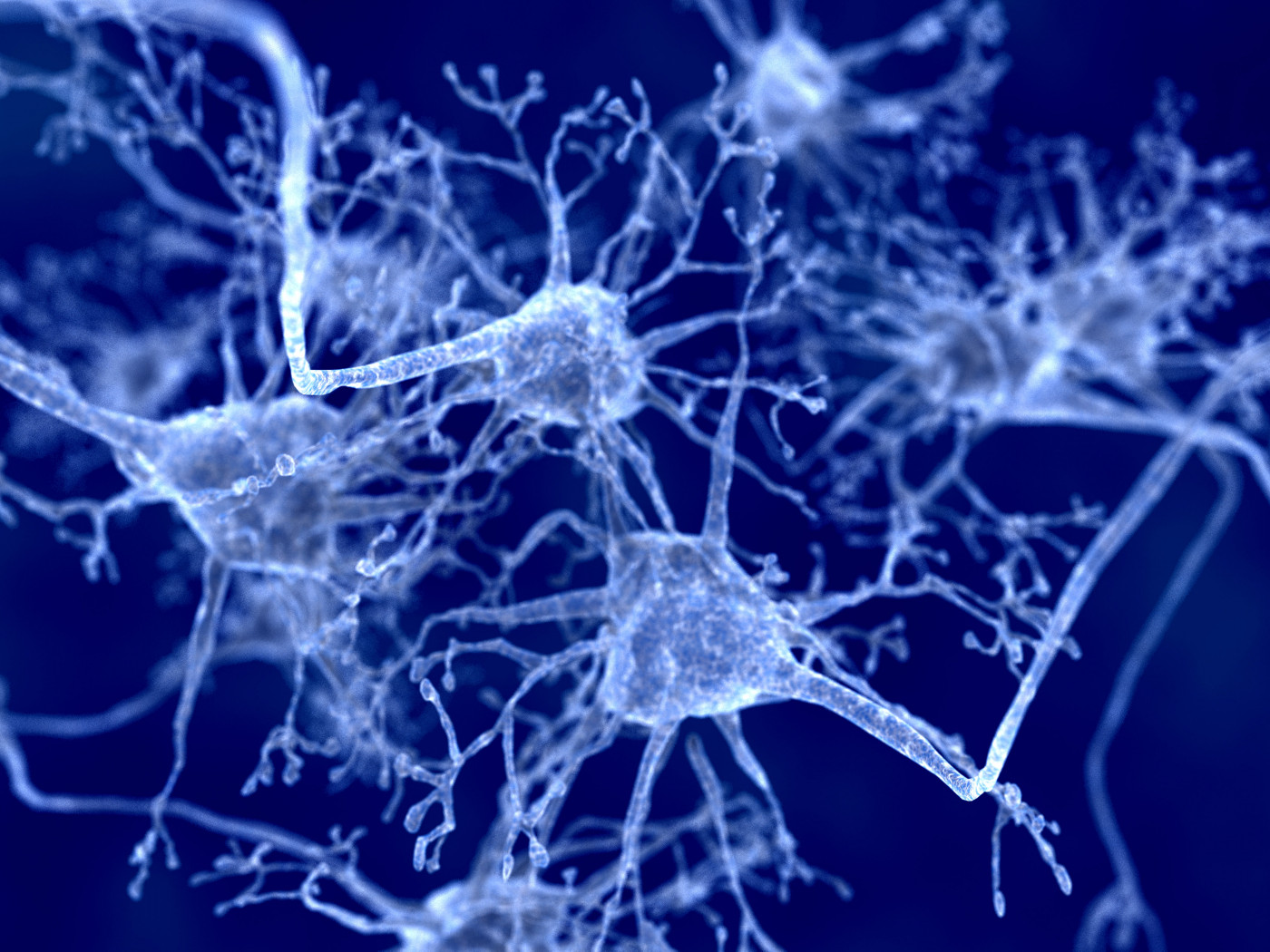Mertk Gene Plays Key Role in Myelin Repair, Mouse Study Finds
Written by |

A gene called Mertk has important roles in the repair of myelin, the fatty substance that surrounds and protects neurons and that is lost in multiple sclerosis (MS).
The findings were published in Cell Press, in the study “Multiple sclerosis risk gene Mertk is required for microglial activation and subsequent remyelination.” The study was funded by Genentech.
MS is caused by the immune system attacking the myelin sheath and the resultant loss of myelin (termed demyelination). An overarching goal of MS research is to find ways to repair or replace the myelin that has been damaged or lost (a process called remyelination).
The Mertk gene encodes a protein of the same name. Prior genetic studies have suggested a link between variations in this gene and MS — however, the biological function of this gene, and its role in MS, is largely unclear.
In the new study, researchers at Genentech performed experiments using mice that were genetically engineered to lack Mertk (Mertk-KO mice) or that had normal Mertk (control mice). Both mice were fed food containing cuprizone, a chemical that causes demyelination, for four weeks. As expected, this led to substantial loss of myelin in both groups.
The mice were then fed regular food for several weeks, to allow time for remyelination. Compared to control mice, Mertk-KO mice had significantly less remyelination after three weeks — roughly 60% less — but these animals caught up on remyelination after seven weeks.
Further analyses revealed that, following cuprizone exposure, Mertk-KO mice had substantially lower levels of microglia in their brain than did control mice. Other analyzed cell types were generally less affected by cuprizone. Additional experiments demonstrated that microglia from Mertk-KO mice were less active than those from controls.
Microglia are a type of immune cell in the brain. In the context of demyelination and remyelination, microglia’s main job is to clear myelin debris through a process called phagocytosis. In this process, which literally means “cell eating,” the microglia essentially consume and digest the myelin debris.
However, in the absence of Mertk, microglia were impaired in their ability to perform phagocytosis of myelin debris.
The team then used a technique called single-cell RNA sequencing (scRNA-seq) to further characterize the microglia. The technique involves looking at individual cells to determine their gene expression profiles — the genes that are “turned on” or “turned off” — which has substantial effects on cellular function.
There were hundreds of genes that were significantly altered in Mertk-KO microglia, compared to control microglia. Broadly, these differences again indicated that Mertk-KO microglia are less activated in response to demyelination.
“Overall, our scRNA-seq analysis demonstrated that Mertk is required for proper microglia activation following demyelination,” the team concluded.
Similar scRNA-seq analyses indicated that in Mertk-KO mice, there were alterations in the activity of certain oligodendrocytes, the brain cells that are primarily responsible for producing myelin. This indicates that there are “sub-types of oligodendrocytes that may have Mertk-dependent functional relevance in remyelination,” the researchers wrote.
Further experiments shed some light on the biological mechanisms behind these phenomena. Specifically, the researchers found that, when microglia are exposed to myelin debris, they release a signaling molecule called interferon gamma (IFN-gamma). In turn, treatment with IFN-gamma was found to inhibit phagocytosis in microglia, and to reduce oligodendrocyte activity.
Collectively, these findings indicate a feedback mechanism wherein myelin debris (caused by demyelination) leads to the production of IFN-gamma, which then leads to decreased activity of microglia and oligodendrocytes, which ultimately causes more demyelination and more myelin debris.
“Taken together, our study highlights the importance of efficient myelin debris clearance and reveals a mechanistic link between microglia and oligodendrocytes during demyelination and remyelination,” the team concluded.





